
Source: Jhaymesisviphotography / Flickr
Online advertising is something many people hate. While some brands make it their effort to provide valuable ads in an un-intrusive format, it seems like the majority of websites and advertisers would rather bombard you with full-page interstitials, auto-playing video ads, and pop-ups no matter where you look.
That is likely going to change soon.
The biggest names in online advertising, including Facebook and Google, have joined together to improve digital ads in response to the rise of ad-blocking and widespread public dissatisfaction with ads.
The Coalition for Better Ads was unveiled this week at the Dmexco conference in Cologne, Germany. The group’s founding members include not just Facebook and Google, but several huge advertisers like Procter & Gamble, Unilever, and The Washington Post. According to a report from AdWeek, the coalition also includes the 4As, the Association of National Advertisers, the World Federation of Advertisers, GroupM, and the Interactive Advertising Bureau.
While the new coalition could mean big changes are coming to online advertising, don’t expect anything in the immediate future. For now, the coalition says they plan to monitor and evaluate the quality of online ads with technology being developed at the IAB’s Tech Lab, which will score ads on several factors including creative and load time.
From there, the group will develop new standards using this data and other feedback from consumers and marketers.
“It is essential that industry create standards to assure that consumers get safe, fast, secure delivery of the sites and services they love,” said IAB CEO Randall Rothenberg.
The announcement comes just days after AdBlock Plus, the biggest ad blocker on the market, unveiled a new “Acceptable Ads” program, which will function as an ad exchange that sells ads to brands looking to work around the software distributed by the company. The announcement of the Acceptable Ads service claimed it would be working with Google and AppNexus to distribute ads, however, both companies have since disavowed their relationship with AdBlock Plus and its new business strategy.

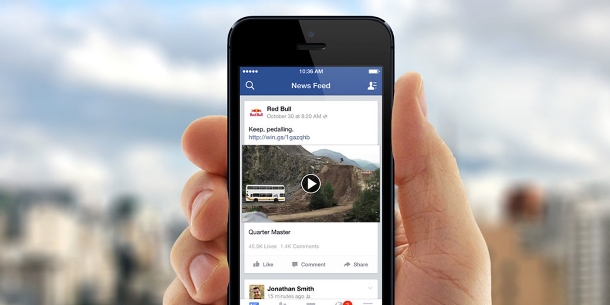
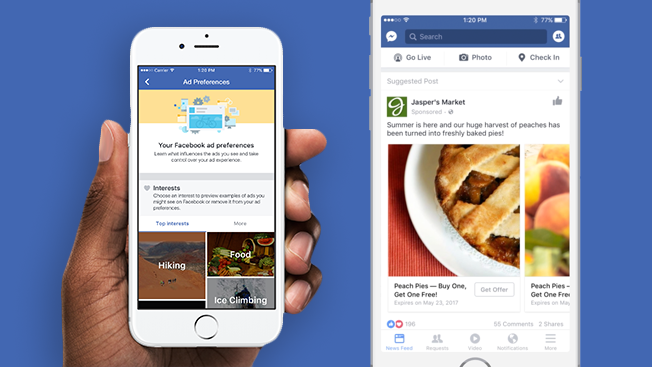
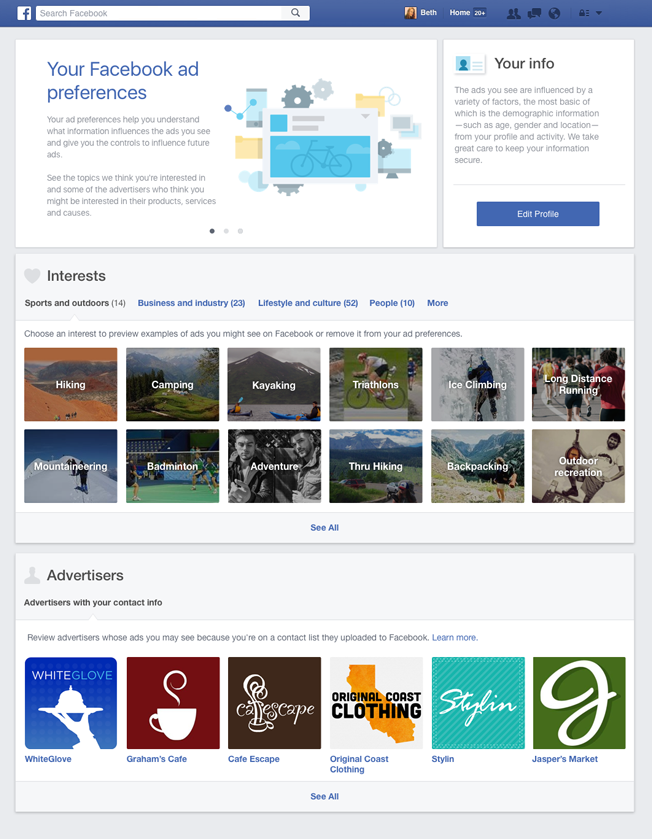
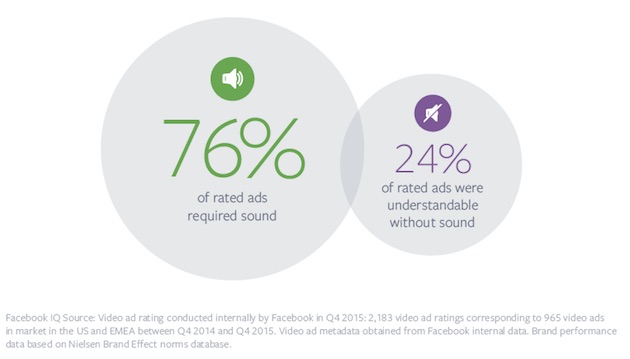
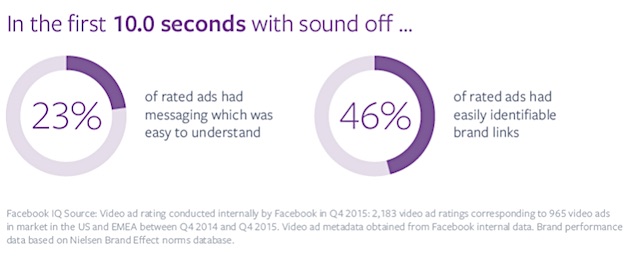
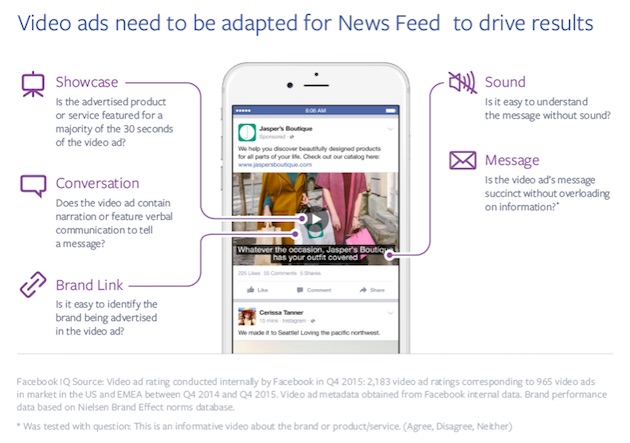



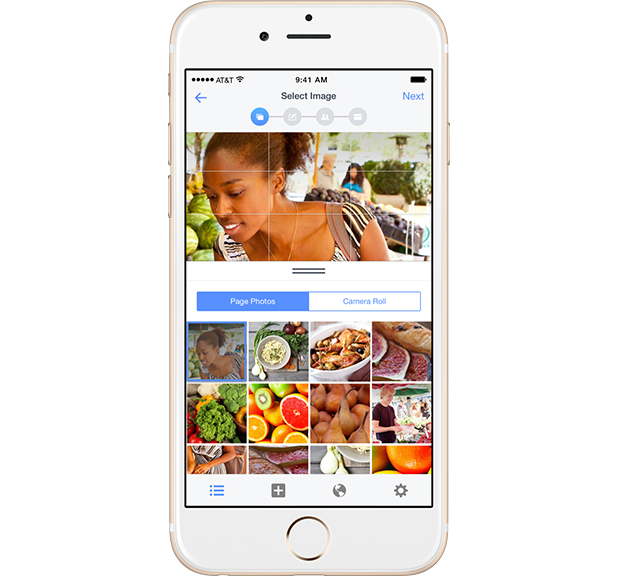
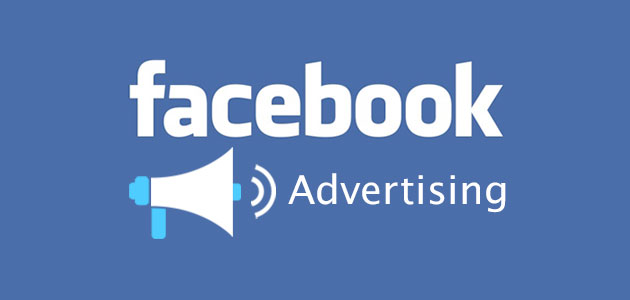
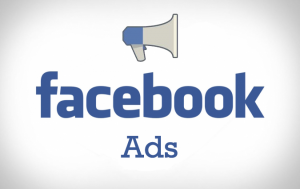 Facebook is making it a lot easier to measure the amount of new business you get from ads on the social media site,
Facebook is making it a lot easier to measure the amount of new business you get from ads on the social media site, 

